Solar Power Optimizer Manufacturer
Boost solar efficiency with our cutting-edge optimizers! We’re leading manufacturers of high-quality solar energy optimizers, designed to maximize power output and extend panel lifespan. Elevate your solar potential with our reliable solutions.
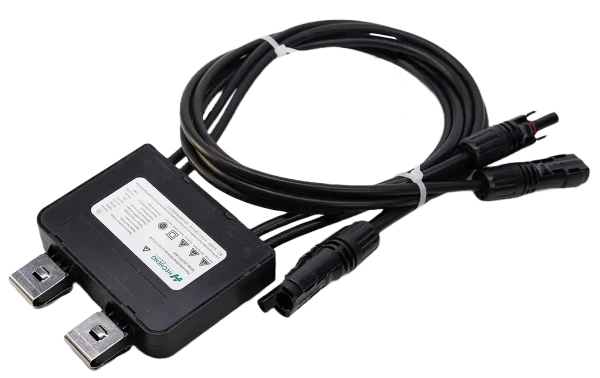
Solar Power Optimizer
We are first-tier manufacturer of solar power optimizer in China, aimed at providing high perfmormance optimizer. Harness more power from your solar panels with Hiitio Optimizers.
By minimizing shading, preventing clipping, and reducing mismatch loss, our optimizers maximize energy output from each panel. Gain greater control and flexibility with panel-level monitoring. Elevate your solar potential with HIITIO.
Features of Smart Solar Power Optimizer
- 99.5% peak conversion efficiency
- Applied to all types of module mis-match loss
- Maximum input power: 800Wp
- Withstand extreme conditions under -40℃-85℃
- Certification: TUV
Power Optimisation
Safer and Durable
Communication Technology and Real-time monitoring
Advantage of Long String Installation (Voltage Limiting)
Shading & Obstructions
Hiitio solar optimizers can be used to solve the current mismatch issues caused by shading arising from the shadow, snow remnants, dust deposits, fallen leaves, bird droppings and weather, etc. for solar panel installation to optimize the power output from each solar panel individually.
01.
Shadow Shading
Large scale PV station
Distributed Generation
02.
Snow Remnants
Unevenness caused by snow and snow remnants and icing
03.
Dust Deposit
Ununiformity lead to current mismatch even hotspot
04.
Fallen Leaves
Shading from leaves that are not cleared in time
Complex Project Layouts
Easily meet your most complex project layouts by placing Power Optimizers at multiple orientations, tilts and on different panel types in the same string using Maximum Power Point Tracking.
With Australia located in the southern hemisphere, the sun’s direction moves towards the north.
Thus, north-facing solar panels deliver the best output. East and west-facing panels will reduce output by 10 – 20%, while north-facing panels can reduce output by roughly 28%.
That said, if your complicated roof causes your solar panels to face different directions, you will certainly benefit from optimisers, as they can maximise the output of your panels.
01.
Orientation Difference
The angle of sunlight varies throughout the day.
02.
Multiple Roof Slopes
i.e. east panels in series with
West: +12% energy increase
03.
Tilt Angles
i.e. 10°panels in series with 25°panels: +1.6% energy increase
04.
Multi blocks
Strings of different facing and more modules
Why HIITIO
Reliable Quality
Unmatched reliability, adaptable performance, and peace of mind in safeguarding your electrical systems.
Low MOQ
Low Minimum Order Quantity from 100 Pcs to make it easier for you to access our products.
Fast Delivery
Implement streamlined processes and logistics to ensure that your orders are delivered promptly.
Factory Capability
Dedicated team of 200+ staff with peak efficiency, seamless coordination, and unmatched quality control.
Perfect Service
We deliver a comprehensive service package, guaranteeing your satisfaction, safety, and ongoing support.
100000
Daily Production
50+
Countries & Areas
300+
Hard Working Employees
500+
Happy Customers
More Power & Revenue
HIITIO Solar Power Optimizers enable each individual panel in a PV array to work independently with high efficiency.
Any underperforming panel will not affect others in the PV system, eliminating mismatch power losses arising from shading, complex project layouts, aging etc., contributing to higher energy production.
Safer and Durable
Non-hotspot on panels by installing Hittio PV Optimizers, reducing safety risks.
Hittio weather-resistant module-level optimizers are IP68 rated and able to withstand harsh environment under -40℃-85℃ with 25-year design service life.
Widely Applicable
Hittio solar power optimizers are all pre-assembled MC4 connectors applicable to all types of solar panels with easy installation and maintenance.
Monitoring with Module-Level Visibility
Based on wireless 2.4GHz communication and real-time monitoring of each individual panel, Hiitio optimizers could achieve panel-level performance insight and ensure precise problem-traceability for EPCs and O&M personnel on desktop monitoring platform and mobile monitoring app.
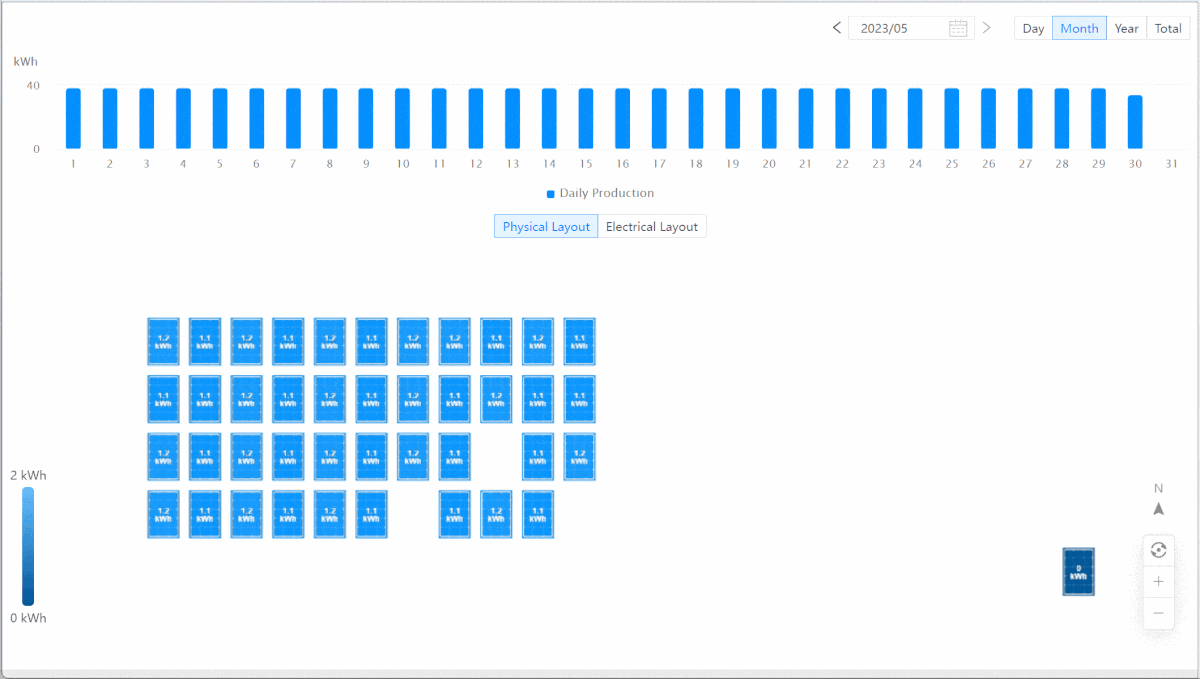
Easier Operation
10 Seconds Per Module
Each HS4 connects to the PV module at the junction box and clips to the module frame.
No Ground Wire Required
HS4 does not need a separate ground wire or mounting bolts for installations.
Water And Corrosion Resistant
HS4 are weather-resistant MLPE and also IP68 rated and able to withstand harsh environments under -40℃-85℃
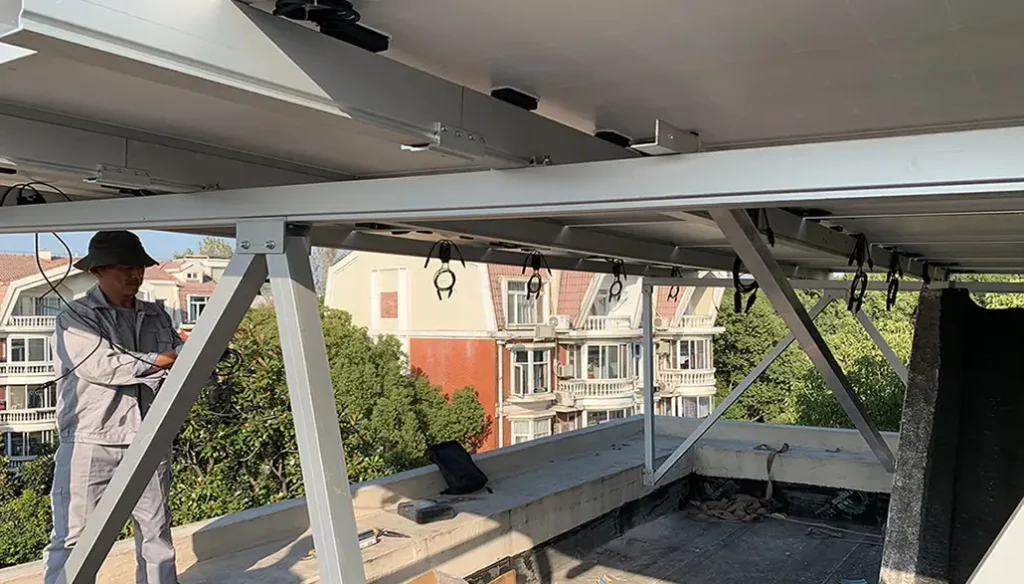





Happy Customers
After years of dedicated efforts and accumulation, we have acquired a group of loyal customers. They are spread across the globe, spanning multiple continents. We are immensely proud to be their trusted PV optimizer supplier.
All you should know about Solar Power Optimizer
What is a solar optimizer?
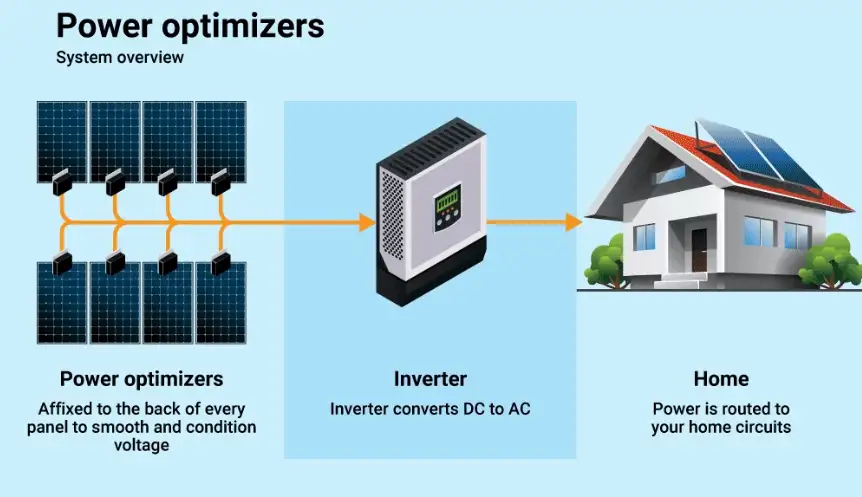
DC power optimizers are electronic devices housed in small plastic boxes located under each solar panel in an array. They ensure that each solar panel in an array is operating at its maximum potential to increase the conversion rate and efficiency for DC to DC energy.
Power optimizers work in conjunction with a central string inverter, which converts the DC power output of solar panels into AC power that can be used in your home. In an array without power optimizers, a string of solar panels can experience reduced power output when only one panel is shaded.
If you have partially shaded conditions or need to install solar panels with multiple orientations to the sun, power optimizers can be a smart option and may be a better fit for your needs than microinverters. While microinverters address the same shading and roof orientation challenges as power optimizers, they are more expensive to install.
Why chose optimizer
When solar panels are exposed to sunlight, they generate DC power, which is typically sent to a central string inverter. This inverter then converts the electricity into AC power for household use.
While this setup is effective for most solar systems, it can lead to reduced power output in cases of partial shading or multiple panel orientations.
In such scenarios, the productivity of the entire panel string is limited by the performance of the least effective panel. Issues such as shading from trees and clouds, dirt, bird droppings, and component failures can cause a decrease in the productivity of the entire group. Defective or shaded panels may produce significantly less solar energy, up to 50 percent in some cases, compared to other panels. By using optimizers, each panel can be managed separately, ensuring that the productivity of each solar panel is maximized.
Under challenging solar installation conditions, the maximum power output of each panel varies due to factors such as temperature, sunlight, and electrical load characteristics. These factors differ across the array when panels face multiple directions or are shaded. Power optimizers address this issue by utilizing a technique called Maximum Power Point Tracking (MPPT).
It’s worth noting that optimizers also contribute to electrical safety. HIITIO, a pioneer in the optimizer market, has introduced a Rapid Shutdown function that automatically reduces the high DC voltage of the modules to a safe level when the inverter or mains power is switched off, ensuring maximum safety. Optimizers enable early detection of potential problems and malfunctions with solar panels.
What is MPPT?
Maximum power point tracking (MPPT), sometimes referred to as power point tracking (PPT), is a technique used in variable power supplies to maximize the amount of energy extracted as conditions change and is most commonly used in photovoltaic solar systems.
Photovoltaic solar systems vary in their relationship to the inverter system, the external grid, the battery bank, and other electrical loads.
Mppt addresses the central issue that the power transfer efficiency of a solar cell depends on the amount of available sunlight, shading, solar panel temperature, and the electrical characteristics of the load.
As these conditions change, so do the characteristics (impedance) of the load that provides the highest power transfer. As the load characteristics change, the system is optimized to maintain the highest efficiency power transfer. This optimal load characteristic is referred to as the Maximum Power Point (MPP.) MPPT is the process of adjusting the load characteristic in response to changing conditions.
MPPT technology continuously monitors the output of the solar panels and adjusts the operating conditions to maintain the panels at their maximum power point. By dynamically adjusting the voltage and current to match the optimal operating point, MPPT maximizes the power output of the solar panels, resulting in increased energy production and improved overall system efficiency.
In essence, MPPT technology ensures that the solar panels are always operating at their peak performance, allowing for the extraction of the maximum amount of power from the available sunlight.
When do I need optimizer?
Solar optimizers are beneficial in several scenarios, including:
1. Partial Shading:
In installations where solar panels are subject to partial shading from trees, buildings, or other obstructions, solar optimizers can help mitigate the impact of shading by allowing each panel to operate independently at its maximum power point.
2. Multiple Orientations:
If solar panels are installed with varying orientations, such as facing different directions, solar optimizers can optimize the performance of each panel individually, ensuring maximum energy production.
3. Panel Mismatch:
In systems with panels of different makes, models, or ages, solar optimizers can help overcome the mismatch issues by individually managing the output of each panel.
4. Monitoring and Maintenance:
Solar optimizers provide advanced monitoring capabilities, allowing for the early detection of potential problems and malfunctions with solar panels. This can help in proactive maintenance and ensuring the long-term performance of the system.
5. Safety:
Some solar optimizers, such as those with Rapid Shutdown functionality, enhance electrical safety by automatically reducing the high DC voltage of the modules to a safe level when the inverter or mains power is switched off.
What is the difference between a microinverter and a power optimizer?
Similarities:
Both microinverters and power optimizers enable the monitoring of individual PV modules, providing insights into the performance of each module within the solar array.
Both microinverters and power optimizers address challenges related to suboptimal lighting conditions, such as shading or indirect sunlight, by maximizing the DC output of PV panels to enhance overall energy production.
Differences:
Installation costs for microinverters are typically higher than those for power optimizers due to the more intricate circuitry of microinverters. Additionally, microinverters are bulkier and have a higher risk of lightning strikes compared to power optimizers.
In terms of functionality, microinverters convert DC to AC power, while power optimizers solely condition DC energy before it is transmitted to a solar inverter.
Scalability differs between systems with microinverters and those with optimizers. Systems with power optimizers face limitations in scalability due to their dependence on a central inverter, which has constraints on the amount of power it can handle.
Microinverters generally require more maintenance than power optimizers. While the lifespan of microinverters can vary from 5 to 12 years, power optimizers can last for nearly 25 years, twice the lifespan of microinverters.
However, it’s important to note that microinverters are less likely to impact the overall system performance compared to optimizers. This is because an optimizer system relies on a central inverter, and if an optimizer fails, it is likely to affect the inverter and, consequently, the entire system.
How to choose a power optimizer?
1. Existing Inverter Capacity:
For those with an established solar power system, it’s crucial to consider the quantity and wattage of optimizers required. Inverters are designed to limit the AC power conversion level. If DC power is boosted using optimizers, the inverter’s capacity to convert AC power may be exceeded. While the inverter can still operate with a higher payload, excess electricity can potentially shorten its lifespan.
2. Inverter Efficiency:
Similar to solar panels, power optimizer systems vary in efficiency. Efficiency measures the energy lost as heat during the conversion from DC to AC electricity. The solar inverter integrated with the system also contributes to overall system efficiency and solar electricity production, whether power optimizers are used or not.
3. Power Optimizer Size:
Power optimizers are available in different sizes to handle varying maximum voltages, aligning with the wattage rating of the modules. For instance, a 300-Watt panel would typically use a 320-Watt power optimizer. It’s essential to pair a matching-sized inverter with the selected power optimizer. The capacity of the optimizer dictates the required inverter capacity. However, it’s important to avoid selecting an inverter or optimizer that is undersized for the system, as their sizes are influenced by the energy output of the solar panels.
4. Budget Considerations:
In a residential installation with an optimized system, one power optimizer is needed per solar panel, while commercial installations may have one optimizer for every two panels. The cost is influenced by both the quantity of optimizers and the warranty periods offered by different brands. Typically, a longer warranty is associated with a higher price tag.
Collaborate with Us to Create a Distinct Impact in Your Market
Get A Free Quote
You will get:
- Full catalogue of our PV Optimizers
- A free quote based on your need
- Free samples after evaluation
- Technical support from our experts
- Sales service from start to finish
- We will contact you within 24 hours
- Don’t worry, we hate spam too!
Powered by HIITIO | Privacy Policy | Cookie Policy


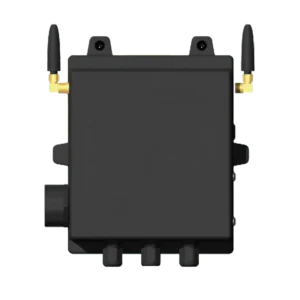 HS4-A-M
HS4-A-M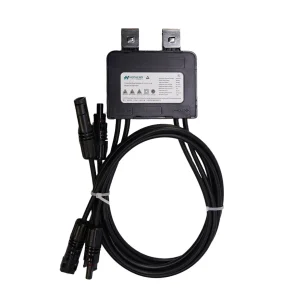 HCPO1
HCPO1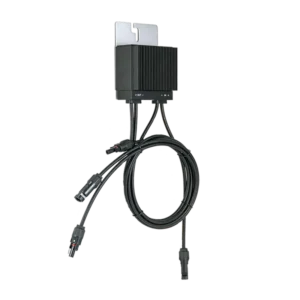 HS4-A-O-800
HS4-A-O-800